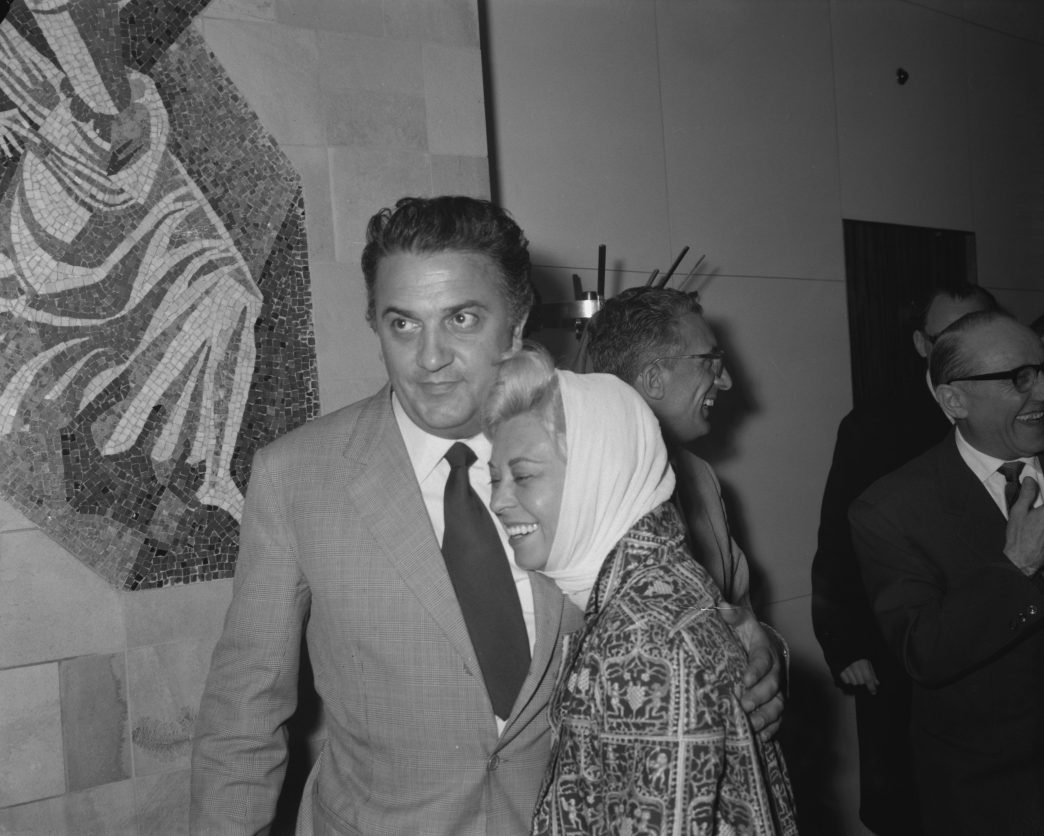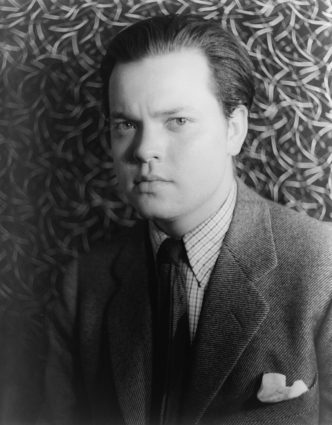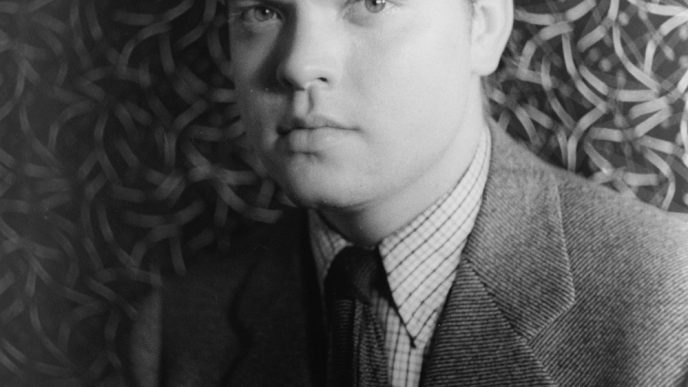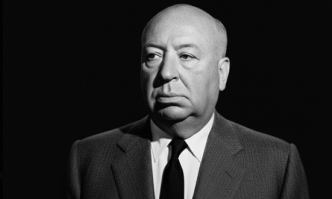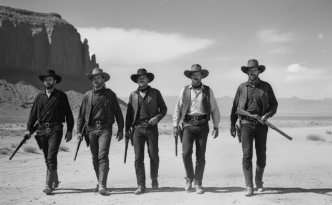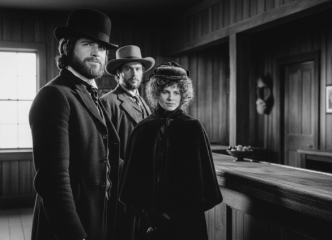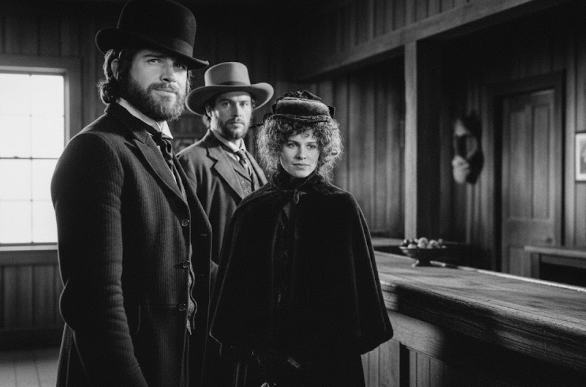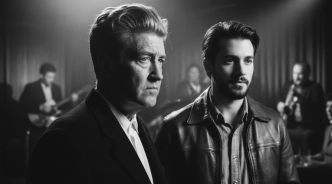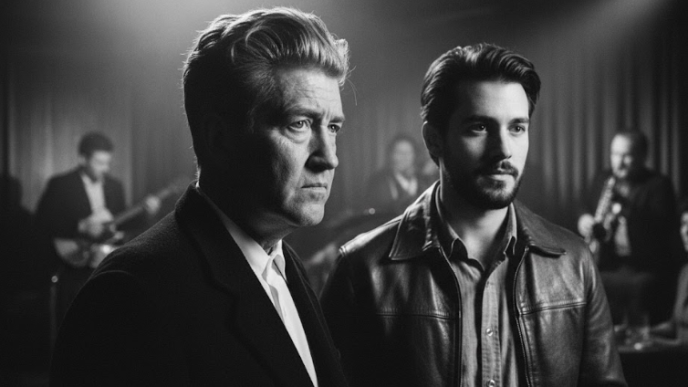While other directors filmed the world, Federico Fellini filmed his mind. He was the Maestro, the great ringleader of 20th-century cinema, a man who transformed the raw, street-level honesty of Italian Neorealism into a spectacular, surreal, and deeply personal circus of his own dreams, memories, and anxieties.
Fellini began his career as a screenwriter, working in the trenches of Neorealism with Roberto Rossellini on the script for the gritty masterpiece Rome, Open City. But his soul was not in the rubble-strewn streets; it was in the carnival, the music hall, and the world of dreams. He soon forged his own path, creating a style so unique it birthed its own adjective: “Felliniesque”—a word that evokes a world of the fantastical, the grotesque, and the profoundly beautiful, all colliding at once.
From the Street to the Spirit: The Neorealist Break
Fellini’s early films began to pull at the seams of Neorealism. His 1954 international breakthrough, La Strada (The Road), still had the grit of poverty, but it was not a political statement. It was a “poetic” and tragic spiritual allegory about a brutish strongman (Anthony Quinn) and his waif-like assistant (Gelsomina, played by Fellini’s wife, Giulietta Masina). It showed that Fellini was interested in the “tragic frailty of the human condition,” not just social conditions.
But his full, glorious break came with La Dolce Vita (The Sweet Life) in 1960. This film was a cultural explosion. It followed a gossip journalist, Marcello (Marcello Mastroianni, Fellini’s famous alter-ego), through a seven-day journey into the “superficial materialistic lifestyle” of Rome’s high society. The film was a sensation, a “satirical” and damning look at a world that had lost its moral compass, a society of “alienation, boredom and the loss of meaning”. It was a massive international hit, cementing Fellini’s status as a global master.
8½: The Ultimate Film About Filmmaking
After the success of La Dolce Vita, Fellini found himself in a crisis: he had a contract for a new film but was paralyzed by a “director’s block”. So, he did what only he could: he made a film about a famous director with director’s block.
The result was 8½ (1963), arguably the most important “auteur” film ever made. It is a masterpiece of self-reflection. The film stars Mastroianni as Guido Anselmi, a perfect stand-in for Fellini, who is retreating from the pressures of his new movie by escaping into his own head.
This is where Fellini shattered the rules of narrative. The film “blurs the lines between reality and fantasy”, seamlessly drifting between:
-
Guido’s Reality: The chaotic spa, the demanding producers, the wife, the mistress.
-
His Memories: Vivid flashbacks to his Catholic boyhood.
-
His Fantasies: Extravagant, dream-like sequences, including a famous scene where he corrals all the women in his life into a “harem.”
The film’s legendary opening, where Guido feels suffocated in a traffic jam and floats away into the sky, only to be pulled back to earth, is a perfect visual metaphor for the auteur’s psychic trap. 8½ is a film that is its own creation process, a direct, unfiltered look into the mind of the artist.
The “Felliniesque” Vision: Life as a Circus
With his creative floodgates open, Fellini’s later works became even more personal and fantastical. He was now a “painter with his canvas,” building entire worlds in the studio to control his vision perfectly. His films are defined by a set of powerful, recurring obsessions:
-
The Circus: Fellini claimed to have run away to the circus as a child. For him, the circus, with its clowns, acrobats, and brass bands, was the ultimate “metaphor for life itself”.
-
The Grotesque: Fellini was fascinated by “exaggerated” faces and unique body types, filling his frames with characters who were both bizarre and deeply human.
-
The Parade: His films often end in a parade or a procession, a final “carnivalesque” gathering of all the film’s players. The finale of 8½ sees Guido finally finding peace by “directing” all his memories and characters in a celebratory dance, led by a circus band.
Conclusion: The Ringleader of Modern Cinema
Federico Fellini was not just a director; he was a sorcerer. He gave cinema permission to be as personal, chaotic, and beautiful as a dream. He proved that a filmmaker’s most powerful subject was not the world outside, but the universe within.
He took the “tyranny of narrative” and broke it, turning his own life into a grand, operatic circus. In doing so, he influenced every director who has since dared to put their own subconscious on screen, from Martin Scorsese to David Lynch

Dario Loce is the founder and editor of Celebrimous. He is a lifelong film enthusiast and the author of several locally-published books on cinema history and analysis. His passion is deconstructing the “how” and “why” of filmmaking, from the director’s vision to the editor’s cut. When not lost in a classic film, he’s usually walking through the city, replaying scenes in his mind like unfinished stories.

